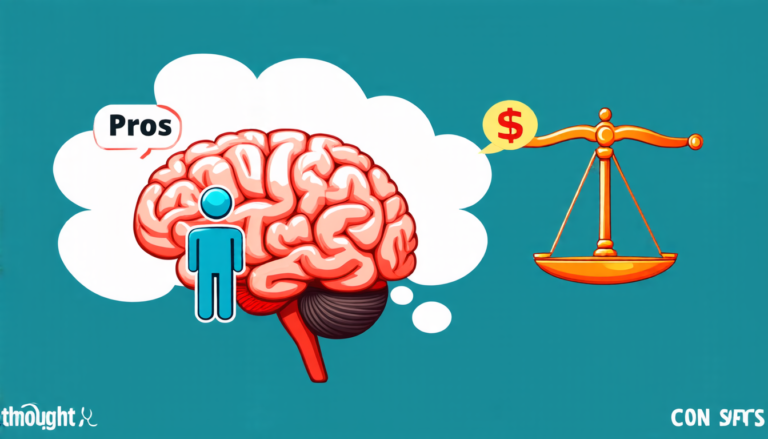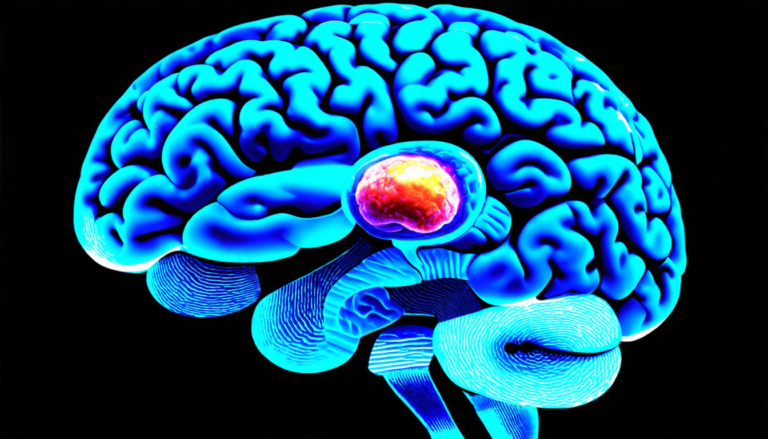Wednesday 09 April 2025
The quest for a more efficient and effective way to track objects has led researchers to explore uncharted territories in the field of computer vision. In recent years, the development of event-based cameras has opened up new possibilities for real-time object tracking, offering higher temporal resolution and dynamic range compared to traditional frame-based cameras.
However, these advantages come with a caveat: processing event data requires novel approaches that can harness its unique characteristics. Spiking Neural Networks (SNNs), inspired by biological brains, have emerged as a promising solution. SNNs transmit information through discrete spikes rather than continuous signals, making them well-suited to handle the sparse and asynchronous nature of event data.
The latest breakthrough in this field is the introduction of the SDTrack framework, a transformer-based spike-driven tracking pipeline designed specifically for event-based tracking tasks. By leveraging the strengths of both SNNs and transformers, SDTrack achieves state-of-the-art performance while minimizing energy consumption and parameter counts.
One of the key innovations behind SDTrack lies in its ability to learn enhanced positional information through an innovative method called Interpolation-based Positional Encoding (IPL). This approach enables the network to capture global trajectory information and aggregate it with event streams into event images, resulting in a more robust representation of the target object’s motion.
The authors’ experiments on various datasets demonstrate that SDTrack outperforms existing trackers in terms of accuracy and efficiency. Moreover, the framework’s end-to-end design eliminates the need for data augmentation or post-processing, making it a more straightforward and practical solution for real-world applications.
Another significant aspect of SDTrack is its ability to adapt to tracking tasks under degraded conditions, such as extreme lighting or occlusion. This resilience stems from the network’s capacity to learn from sparse and asynchronous event data, allowing it to maintain target localization even in challenging scenarios.
The implications of this research are far-reaching, with potential applications in various fields where real-time object tracking is crucial, including autonomous vehicles, surveillance systems, and robotics. As the pursuit of efficient and effective object tracking continues, SDTrack serves as a significant milestone, paving the way for further innovation in the field of computer vision.
By combining the strengths of SNNs and transformers, researchers have created a powerful tool for event-based object tracking that outperforms existing solutions while minimizing energy consumption and parameter counts. As this technology advances, we can expect to see its impact on a wide range of applications where real-time object tracking is essential.
Cite this article: “Spiking Neural Networks Revolutionize Event-Based Visual Tracking”, The Science Archive, 2025.
Event-Based Cameras, Spiking Neural Networks, Snns, Transformers, Sdtrack, Object Tracking, Computer Vision, Real-Time Processing, Energy Efficiency, Parameter Reduction







